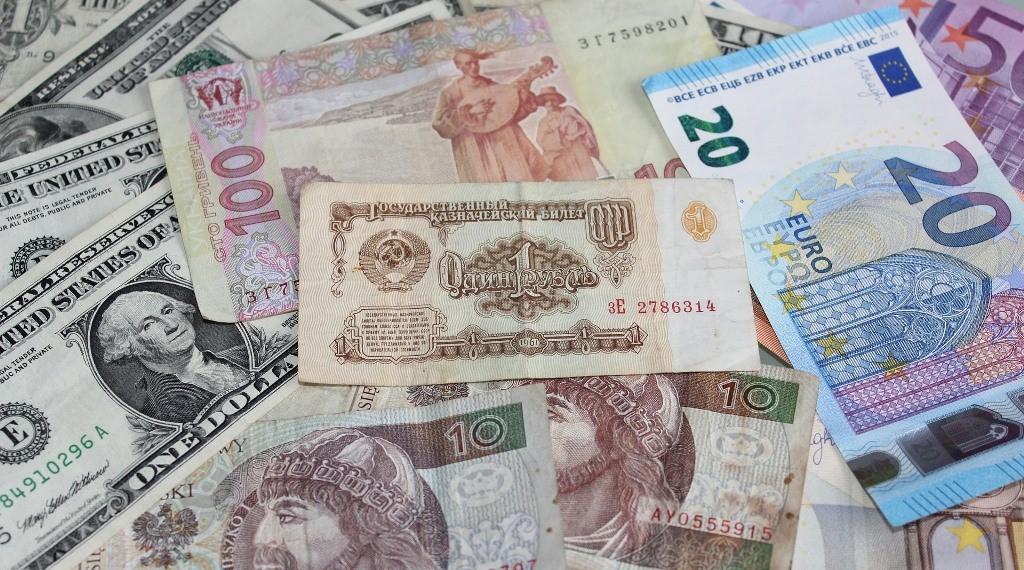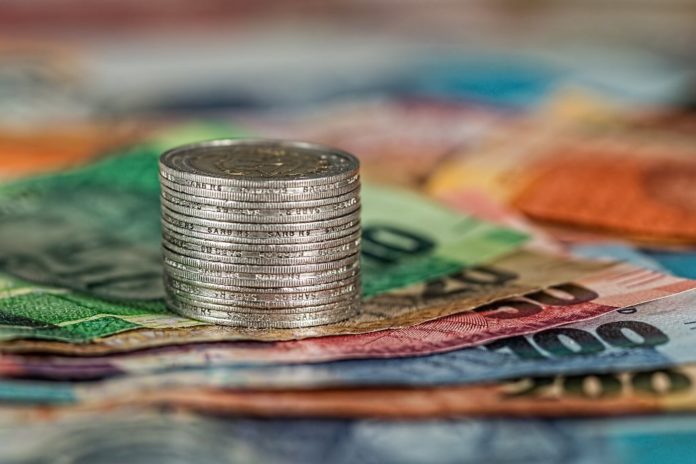There is a clear disconnect between market cheer and the economic situation on the ground, because many remain under pressure while the global economic recovery slowly grinds forward. Unemployment levels have risen worldwide, placing pressure on consumer income, which impacts businesses and corporate profitability. Many companies and consumers will come under intensified pressure following a second wave of lockdowns, as seen locally, in Europe, and the UK.
All is not doom and gloom. Monetary and fiscal stimulus continue to underpin markets, buoying sentiment, and valuations. Joe Biden’s presidential win has been a market positive, particularly in terms of global trade relations. The speed with which Covid-19 vaccines have been developed and are being rolled out represents a significant psychological victory over the virus. While the vaccines are not an immediate cure for the global economy, their availability has boosted hope for a swifter-than-expected return to normality.
Will SA finally face its fiscal demons?
Foreign investor support from the local bond market together with the IMF’s loan has kept the country from feeling the worst effects of the pandemic’s devastation. But, government will need to tighten its belt significantly at the end of the three-year fiscal framework, or towards the end 2022/early 2023 period – especially as its first IMF loan repayment will come due.
If we are to avoid a sovereign debt crisis or the risk of defaulting on our loans, government urgently needs to implement long-awaited structural economic reforms. Markets will be watching for evidence of action rather than simply more talk over the next year.
Where can investors turn?
Despite the many headwinds still facing markets, investors must remember that with the economic trough behind us, the Covid-19 reset means that we are now entering the upswing of a new business cycle. This is positive for global equity markets, as companies usually only make sustainable losses during extended recessions or depressions.
Biden is expected to borrow heavily to extend support for the US’s social programmes, resulting in a softer dollar, which should support riskier assets. And with interest rates and the discount rate pushed to historic lows, cash and bonds hold little attraction for investors seeking growth, thus stimulating further demand and adding support to equity markets.
Given the amount of debt currently in the financial system, it is highly unlikely that central banks will normalise rates over 2021. They are more likely to keep manipulating the short-end of yield curves, or to keep interest rates below inflation or close to 0%, to afford the debt generated by unprecedented fiscal stimulus.
Investors need to consider investments that offer some protection while still providing cash-beating returns. The Swiss franc and Japanese yen represent some attractive options, as do gold and potentially cryptocurrencies. Having a core allocation in global equity markets still makes sense at current valuations to achieve portfolio growth above inflation.

SA slow-going as it speeds to the cliff
Locally, it’s important to recognise that South Africa is currently lagging behind its peer group economically, and once the risk-on rally has faded and markets look past global drivers, our looming fiscal cliff and debt issues are likely to be reflected in our asset classes.
The majority of earnings produced by JSE-listed companies is generated outside of South Africa. However, headwinds in the global environment could filter through to the local exchange as well, while a deteriorating fiscal situation and structural economic issues could hamper the prospects of those companies which operate only in South Africa. Investors need to look for exposure to those companies that offer some immunity against the local environment.
Investors should also bear in mind that, in the past, the JSE has acted as a useful proxy for emerging markets, and as more and more emerging markets become Asia-Pacific focused, they should consider adding other emerging market exposure to achieve true diversification.
While the local bond market is one of the few in the world that may generate positive returns for investors in 2021, this should be treated with caution. Bond yields were trading around 9% in March 2020 and, following the Moody’s downgrade, these yields exploded to 13% to compensate investors for the higher risk of government default.
Since then, yields have returned to 9%, seemingly indifferent to the fact that our fiscal situation has deteriorated due to the pandemic, and that our budget deficit will be twice the size anticipated at the start of 2020.
Prospects for the rand

The fact that the rand is trading below R15/$ reflects international factors such as the US election outcome, vaccine developments, and an abundance of liquidity. The first bump in the road will be the February Budget Speech, which will remind investors of our poor local economic fundamentals.
As investors wake to South Africa’s economic reality, the rand will come under some pressure again.
So, while the rand is currently enjoying the benefit of global tailwinds, it is likely to weaken during the course of the year. The extent of this weakening will ultimately depend on government’s progress on fiscal reforms, without which we could see the local currency head north of R18/$.












